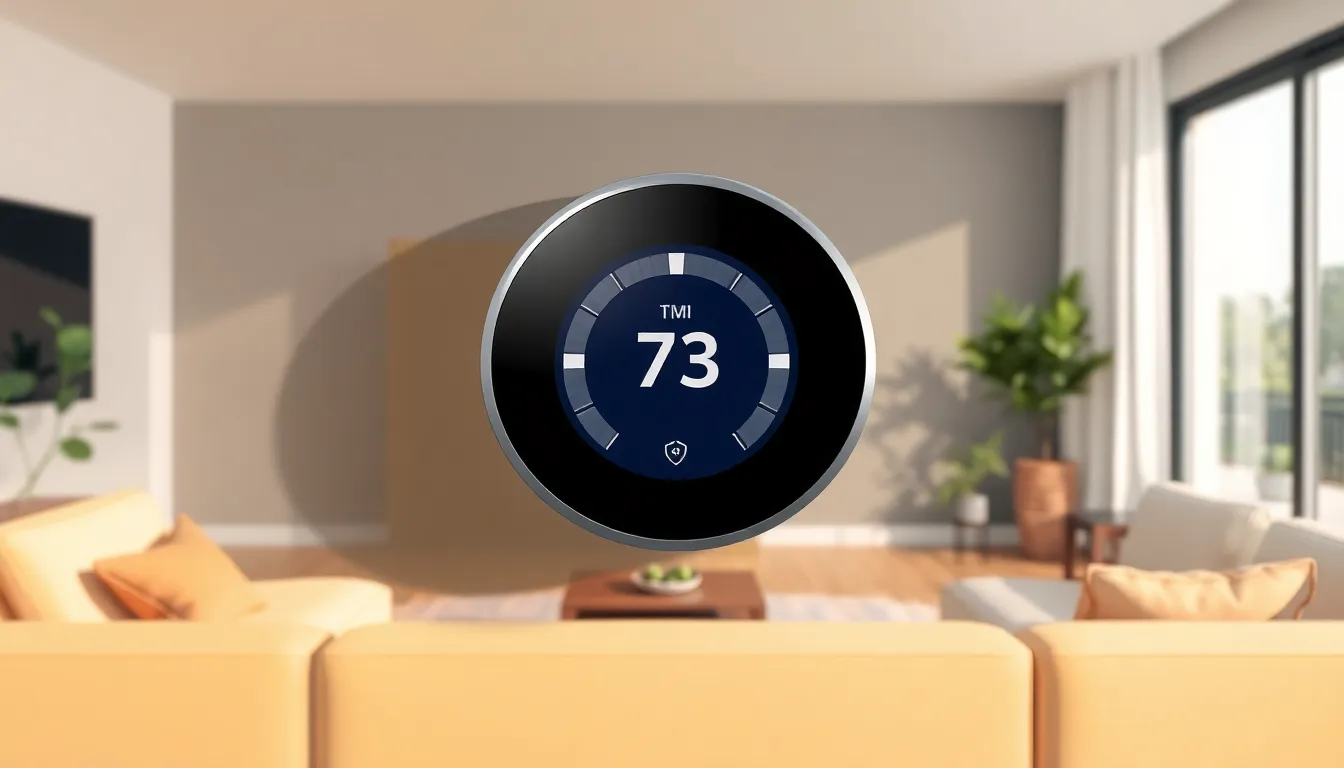Imagine a world where your toaster knows exactly how you like your bread—golden brown, not burnt to a crisp. Welcome to the Internet of Things (IoT), where everyday objects become savvy companions, transforming mundane tasks into seamless experiences. From smart fridges that remind you to buy milk to thermostats that know when you’re home, IoT isn’t just a tech trend; it’s a lifestyle upgrade.
The advantages of IoT stretch far beyond convenience. It promises increased efficiency, better resource management, and even enhanced security. With connected devices working together, they can save time and money while making life just a bit easier. So why not embrace this tech revolution? After all, who wouldn’t want a smart home that practically runs itself?
Table of Contents
ToggleUnderstanding Internet of Things
The Internet of Things (IoT) refers to a network of interconnected devices and objects that communicate and exchange data. These devices include everyday items such as appliances, vehicles, and wearables. IoT enables seamless integration between technology and daily tasks, creating smarter environments.
Devices equipped with sensors collect and analyze data, leading to improved efficiency. Consider a smart thermostat that learns residents’ schedules and adjusts heating accordingly. Such automation reduces energy consumption and lowers utility bills.
Enhanced resource management is another significant advantage. Connected systems monitor usage patterns and help optimize resources, reducing waste. For example, smart irrigation systems in agriculture adjust water supply based on soil moisture levels, conserving water and improving crop yield.
Incorporating IoT also increases security. Smart cameras and alarm systems provide real-time monitoring and alerts. Homeowners can receive notifications when unusual activity occurs, giving them peace of mind.
IoT contributes to better decision-making as well. Data collected from various sources can be analyzed to identify trends and make informed choices. Businesses harness IoT insights to streamline operations and improve customer experiences.
Connected devices also foster convenience. Smart speakers allow users to control home systems with voice commands, simplifying daily tasks. In a connected home, managing multiple devices becomes intuitive and efficient.
The Internet of Things revolutionizes how individuals and organizations operate. Embracing this technology leads to smarter living and efficient processes, promising enhanced control over various aspects of life.
Key Internet of Things Advantages

The Internet of Things (IoT) offers numerous benefits that enhance everyday life. Key advantages include improved efficiency, enhanced data collection, and significant cost savings.
Enhanced Efficiency
IoT devices boost efficiency by automating tasks. Smart thermostats adjust the temperature based on user routines, leading to energy savings. Connected appliances operate only when needed, reducing waste. Real-time monitoring ensures optimal performance, allowing users to manage resources effectively. For instance, smart irrigation systems provide precise watering schedules based on weather data. These improvements not only conserve energy but also enhance overall convenience in daily tasks.
Improved Data Collection
Data collection improves dramatically through IoT technology. Devices equipped with sensors gather real-time data about user habits and environmental conditions. This data allows businesses to analyze trends and make informed decisions. For example, wearables monitor health metrics, creating personalized insights for users. With continuous data flow, organizations adjust strategies to enhance customer experiences. Enhanced data analytics further empowers users to optimize their operations and lifestyle choices.
Cost Savings
Cost savings emerge as a significant advantage of IoT implementations. Automation reduces the need for manual intervention, cutting labor costs. Smart energy management systems help lower utility bills by optimizing consumption. Businesses experience decreased operational costs through efficient resource utilization. By preventing equipment failures via predictive maintenance, organizations avoid expensive repairs. Overall, IoT not only streamlines processes but also results in substantial financial benefits for individuals and businesses alike.
Impact on Various Industries
The Internet of Things (IoT) significantly transforms various industries, enhancing efficiency and productivity.
Healthcare
Healthcare benefits immensely from IoT through remote patient monitoring devices. These devices track vital signs in real-time, allowing healthcare providers to make faster decisions. Smart wearables enable patients to share data with doctors continuously, enhancing ongoing treatment plans. Hospitals utilize IoT systems to manage resources effectively, reducing wait times and streamlining operations. Enhanced data analysis leads to better predictions of patient outcomes, ultimately improving overall care quality.
Agriculture
IoT optimizes agriculture with smart farming technologies that ensure better crop management. Sensors monitor soil moisture levels and weather conditions, allowing farmers to irrigate crops strategically. Drones equipped with cameras gather data to assess crop health, helping farmers make informed decisions. Precision farming tools also reduce resource waste, ensuring efficient fertilizer and pesticide use. Increased efficiency translates to higher yields and reduced operational costs, fostering sustainable practices.
Transportation
Transportation sectors leverage IoT for enhanced logistics and fleet management. GPS-enabled devices provide real-time tracking of vehicles, improving route planning and reducing fuel consumption. Smart traffic systems analyze congestion patterns, optimizing traffic flow and minimizing delays. IoT data aids in predictive maintenance of vehicles, preventing breakdowns and extending service life. Increased efficiency in these areas contributes to lower operational expenses and improved customer satisfaction.
Challenges and Considerations
The Internet of Things (IoT) presents challenges that need careful consideration. Devices connecting to the internet can expose sensitive data, creating vulnerabilities.
Security Risks
Security risks remain a major concern in IoT adoption. Hackers can target connected devices to gain unauthorized access to networks. Examples include compromised smart cameras and vulnerable home automation systems. Inadequate security measures increase the likelihood of data breaches and privacy violations. Organizations must implement robust encryption and authentication protocols to safeguard data. Regular software updates and security audits help mitigate such risks.
Technical Limitations
Technical limitations also pose challenges to IoT effectiveness. Devices often depend on stable internet connections to relay data efficiently. Instances of weak signals can disrupt communication and hinder performance. Limited battery life in certain devices restricts their operational time and effectiveness. Interoperability between different brands and systems can create compatibility issues, affecting user experience. Addressing these limitations demands ongoing innovation and collaboration among manufacturers and developers.
The Internet of Things presents a remarkable opportunity to enhance everyday living through smart technology. By automating tasks and improving resource management, IoT devices streamline daily routines and boost efficiency. The potential for cost savings and enhanced data collection empowers both individuals and businesses to make informed decisions.
While challenges like security risks and technical limitations exist, the benefits of IoT far outweigh the drawbacks. Embracing this technology can lead to smarter homes and more efficient industries. As innovation continues to evolve, the future of IoT holds even greater promise for transforming how people interact with the world around them.



